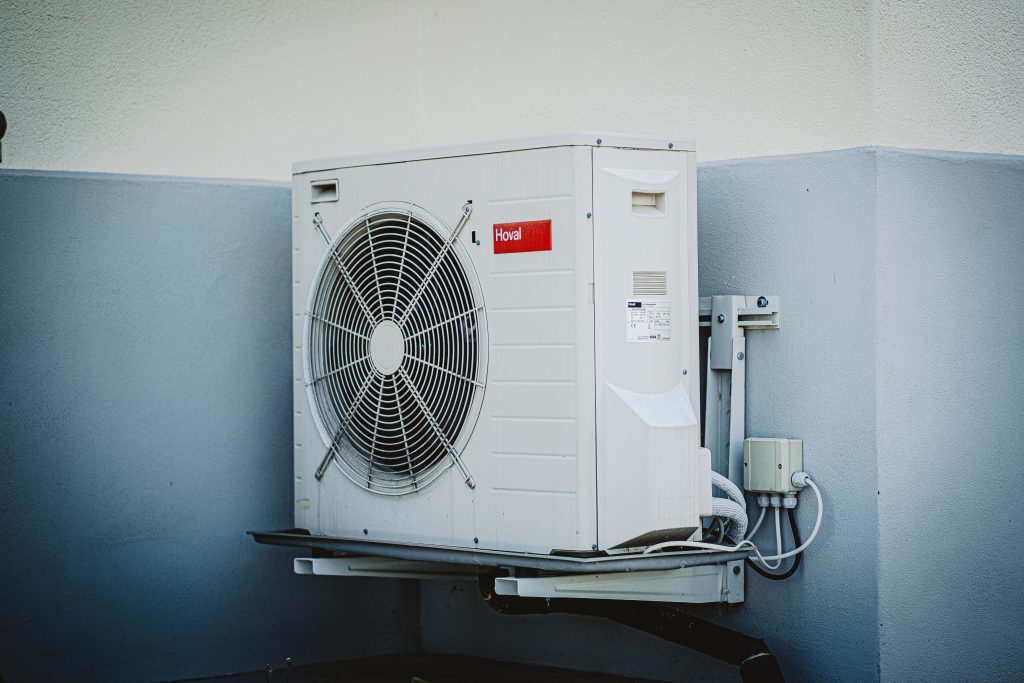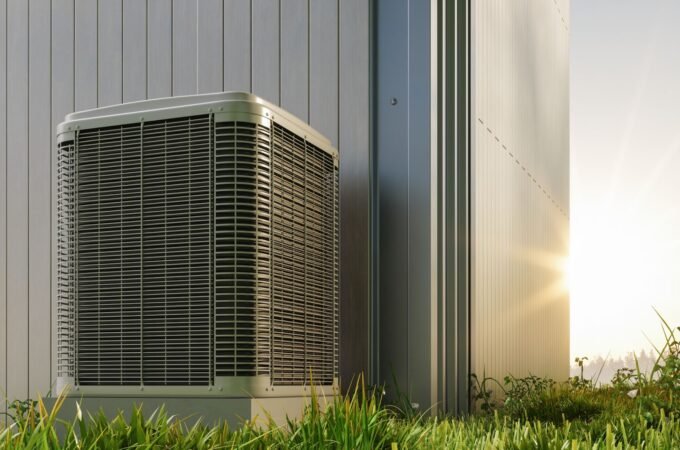
Single-Stage vs. Two-Stage Furnaces: What’s the Difference?
Heating systems are an essential component of any home, particularly during the colder months. But with so many options available, it’s essential to choose one that is right for your home’s heating needs. One of the most common choices is the furnace, and within that category, there are single-stage and two-stage furnaces. Each offers a different set of benefits and drawbacks. In this article, we will compare the difference between single stage and two stage furnace equipment so you can make an informed decision about which one is right for your home. Keep reading to learn more.
What is a single-stage furnace?

A single-stage furnace is a heating system that operates at one fixed speed. This means it has one level of output – full blast, all the time. When the thermostat registers a temperature below the desired setting, the furnace will turn on and heat the home until the thermostat registers that it is at the desired temperature. Once the temperature is reached, the furnace will turn off. Single-stage furnaces are often the least expensive option when it comes to initial installation costs, but they can be less efficient and potentially less comfortable than two-stage or modulating furnaces.
What is a two-stage furnace?
A two-stage furnace is a heating system that has the ability to operate at two different levels of heating output. The first stage, which is the lower output level, can provide heat for milder weather conditions. The second stage, which is the higher output level, kicks in when it gets colder outside and provides increased heating power to maintain a comfortable temperature inside. Two-stage furnaces work by automatically adjusting the heating output based on the current temperature, ensuring that the home is heated efficiently and comfortably.
What are the advantages of a single-stage furnace?

A single-stage furnace is a basic heating system that has only one level of heat output. This type of furnace is designed to operate at full capacity, which means that it is always running at its maximum heating potential. Single-stage furnaces are known for their simplicity and affordability relative to their two-stage counterparts. One of the significant advantages of a single-stage furnace is its affordability. Single-stage furnaces are relatively inexpensive, making them a popular choice among homeowners on a budget. They also require minimal maintenance and are easy to install, which means lower installation costs.
Moreover, if you live in an area with mild winters, a single-stage furnace is an excellent option for your home. Since they operate at full capacity, they can heat your home quickly, and you won’t need to keep them running all day long, which saves energy and reduces costs. Lastly, single-stage furnaces tend to have a longer lifespan since they have fewer parts and components than two-stage furnaces. Overall, a single-stage furnace could be the perfect solution for your needs if you’re looking for an affordable, low-maintenance heating option that provides consistent warmth throughout your home.
What are the advantages of a two-stage furnace?

A two-stage furnace is an advanced heating system used to warm a home or commercial space efficiently. Unlike a traditional single-stage furnace, a two-stage furnace has two levels of operation. The low stage operates at a lower capacity, while the high stage delivers full power.
One of the primary advantages of a two-stage furnace is its energy efficiency. By operating at a lower capacity most of the time, a two-stage furnace uses less energy than a traditional furnace, leading to significant savings on heating costs. The Annualized Fuel Utilization Efficiency or AFUE is the measure of the efficiency of all furnaces. AFUE is a measure of the thermal efficiency of the furnace throughout the year. In basic terms, it is a measure of how much gas or electricity is fully transferred into usable heat during the heating season.
Two-stage furnaces typically run for longer periods but spend most of the time operating at between 65 – 70% power. In other words, two-stage furnaces walk fast most of the time and only sprint when they need to catch up. Therefore, they use less energy to heat the same amount of space.
Additionally, the furnace’s ability to modulate its heating output makes it much easier to maintain consistent indoor temperatures, as it delivers heat in smaller increments rather than full blasts. This results in a more comfortable and evenly heated living space, which increases comfort levels and reduces the chances of hot or cold spots in the home.
Altogether, the comparison between single-stage and two-stage furnaces is crucial when considering the best heating solution for a home. While both types have their benefits and drawbacks, it ultimately comes down to personal preference and specific needs. It’s important to consider factors such as cost, energy efficiency, comfort, and maintenance when choosing a furnace.




